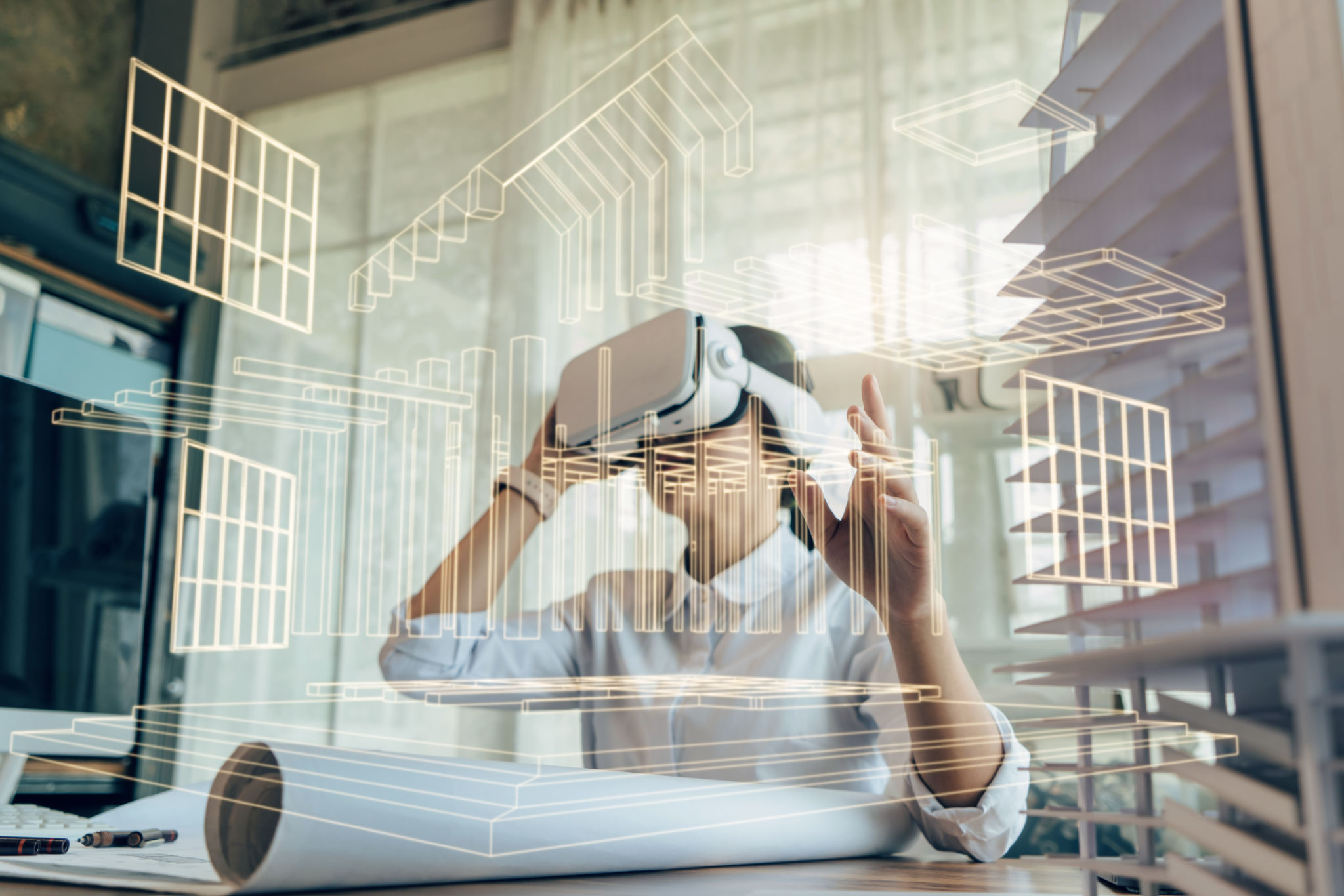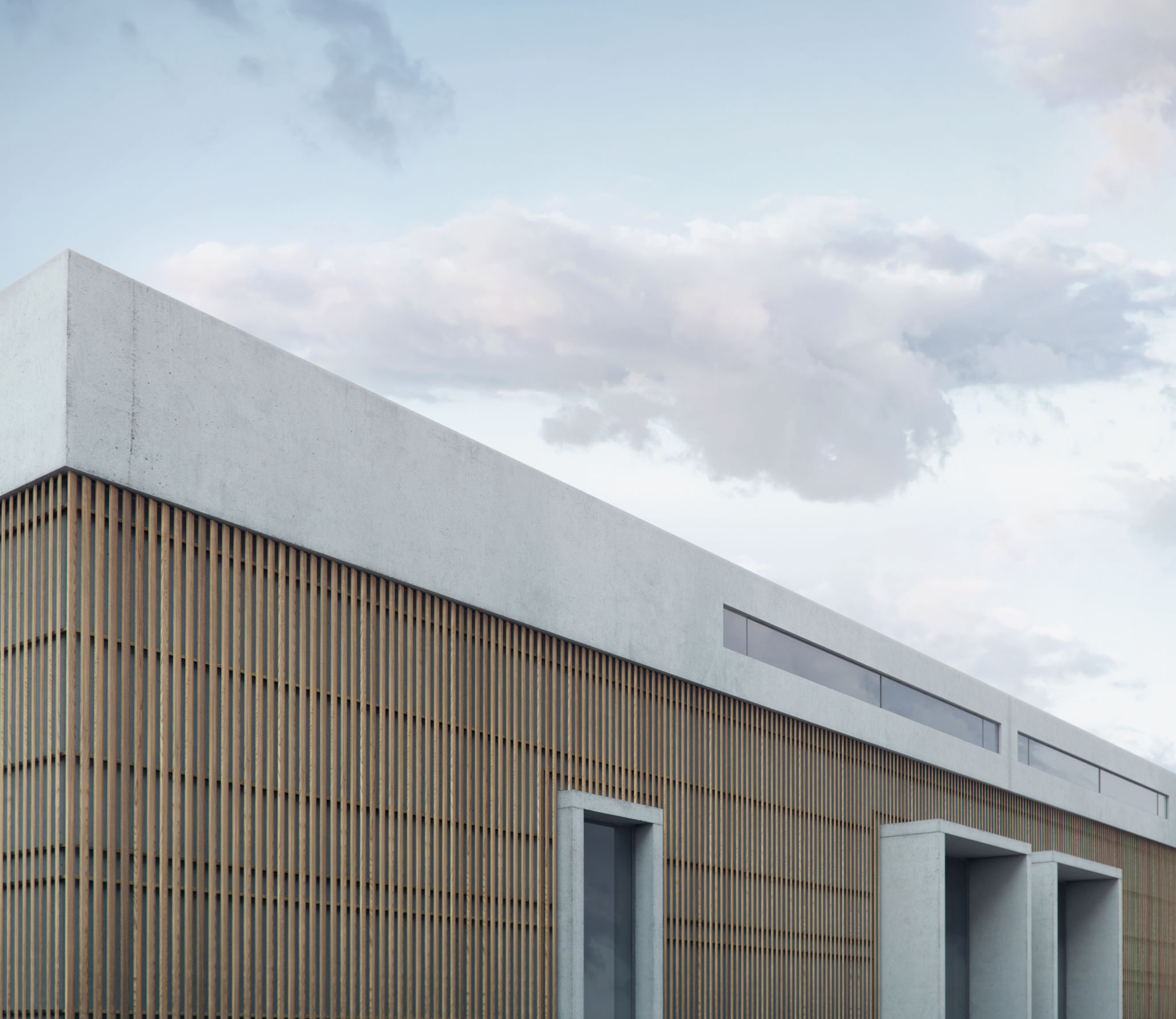Latest Innovations in Architectural Visualization Technology
Revolutionizing Architectural Visualization
Architectural visualization has come a long way from traditional hand-drawn sketches and simple 3D models. The latest innovations in this field leverage cutting-edge technology to provide more dynamic, accurate, and immersive experiences for architects and their clients. These advancements not only enhance the design process but also improve communication, enabling stakeholders to better understand and interact with architectural concepts.

The Rise of Real-Time Rendering
One of the most significant innovations in architectural visualization technology is real-time rendering. This technology allows architects to make changes to a model and see the results instantly. This instant feedback loop is invaluable for making quick design decisions and exploring multiple iterations without the time-consuming process of re-rendering each change.
Real-time rendering tools, such as Unreal Engine and Unity, are becoming increasingly popular in the industry. These platforms, originally developed for video games, offer stunning visual quality and interactive capabilities that transcend traditional static renderings. The ability to walk through a virtual model with realistic lighting and materials gives clients a more tangible sense of the space.
Virtual Reality (VR) and Augmented Reality (AR)
Virtual Reality (VR) and Augmented Reality (AR) are transforming how architectural designs are experienced. VR immerses users in a fully digital environment, allowing them to explore spaces as if they were physically present. This immersive experience is invaluable for both architects and clients, providing a true sense of scale and proportion.

Augmented Reality, on the other hand, overlays digital models onto the real world. This technology is particularly useful for site visits, where stakeholders can visualize how a new building will fit into its environment. AR applications on mobile devices or AR glasses enable users to see proposed structures in situ, enhancing spatial understanding and aiding in decision-making.
AI and Machine Learning Integration
The integration of Artificial Intelligence (AI) and Machine Learning (ML) into architectural visualization is another groundbreaking development. These technologies can automate certain aspects of the design process, such as generating design options based on specific parameters or optimizing layouts for energy efficiency.
AI-driven tools can also enhance visualization by intelligently predicting how natural light will interact with a building's interior throughout the day or adjusting elements within a scene to match environmental contexts. This level of detail was previously unattainable, offering more realistic and informative visualizations.

Cloud-Based Collaboration
The shift towards cloud-based solutions has greatly improved collaboration in architectural projects. Cloud platforms allow teams to work on the same model simultaneously, regardless of their physical location. This fosters better communication and ensures that everyone is working with the most up-to-date information.
Moreover, cloud-based systems facilitate easier sharing with clients and stakeholders, who can access models through web browsers without needing specialized software. This ease of access streamlines feedback loops and accelerates project timelines.
Photorealistic Textures and Materials
Advancements in texture mapping and material science have significantly enhanced the realism of architectural visualizations. High-resolution textures and sophisticated material libraries allow designers to create models that closely mimic real-world materials, from the sheen of polished wood to the roughness of concrete surfaces.
Photorealism not only improves the aesthetic quality of visualizations but also aids in material selection and finishes during the design phase. Clients can make informed decisions about colors, textures, and materials before construction begins, reducing costly changes later in the project.

The Future of Architectural Visualization
The future of architectural visualization is poised to become even more dynamic with advancements in technology such as holography and 3D printing. Holographic displays could allow users to interact with 3D models in open space without the need for VR headsets, while 3D printing could bring digital models into the physical world for tangible exploration.
As these technologies continue to evolve, they will undoubtedly push the boundaries of how we create and perceive architectural spaces. The integration of more advanced tools will lead to designs that are not only visually stunning but also more efficient and sustainable.
